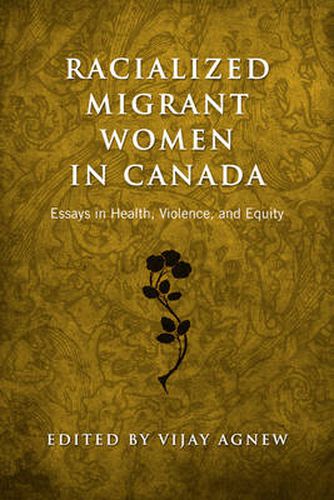Readings Newsletter
Become a Readings Member to make your shopping experience even easier.
Sign in or sign up for free!
You’re not far away from qualifying for FREE standard shipping within Australia
You’ve qualified for FREE standard shipping within Australia
The cart is loading…






Despite legislative guarantees of equality, immigrant women in Canada often experience many forms of prejudice in their everyday lives. Racialized Migrant Women in Canada delves into the public and private spheres of several distinct communities in order to expose the underlying inequalities within Canada’s economic, social, legal, and political systems that frequently result in the denial of basic rights to migrant women.
Using interdisciplinary approaches drawn from the areas of sociology, law, health studies, and political science, the essays in this volume cover diverse topics such as the social construction of Muslim women, access to health care, and violence against women. The contributors base their work not only in cities with large immigrant populations but also in areas less densely populated with immigrants, revealing regional disparities in regard to economic opportunity and social services.
$9.00 standard shipping within Australia
FREE standard shipping within Australia for orders over $100.00
Express & International shipping calculated at checkout
Despite legislative guarantees of equality, immigrant women in Canada often experience many forms of prejudice in their everyday lives. Racialized Migrant Women in Canada delves into the public and private spheres of several distinct communities in order to expose the underlying inequalities within Canada’s economic, social, legal, and political systems that frequently result in the denial of basic rights to migrant women.
Using interdisciplinary approaches drawn from the areas of sociology, law, health studies, and political science, the essays in this volume cover diverse topics such as the social construction of Muslim women, access to health care, and violence against women. The contributors base their work not only in cities with large immigrant populations but also in areas less densely populated with immigrants, revealing regional disparities in regard to economic opportunity and social services.